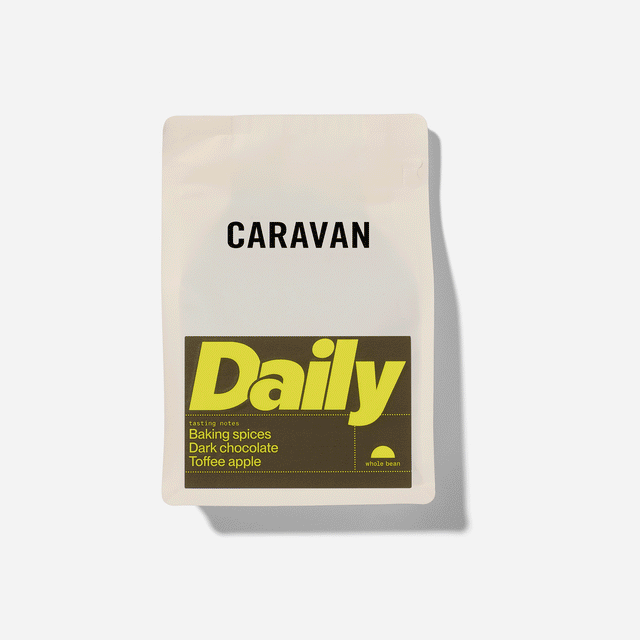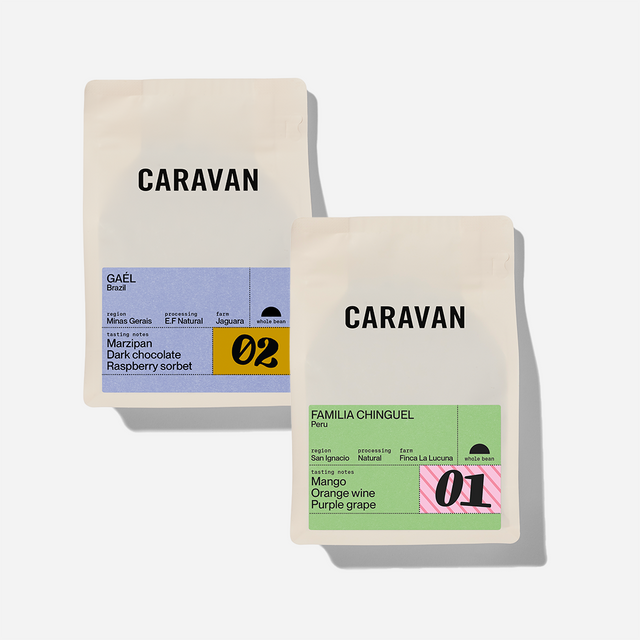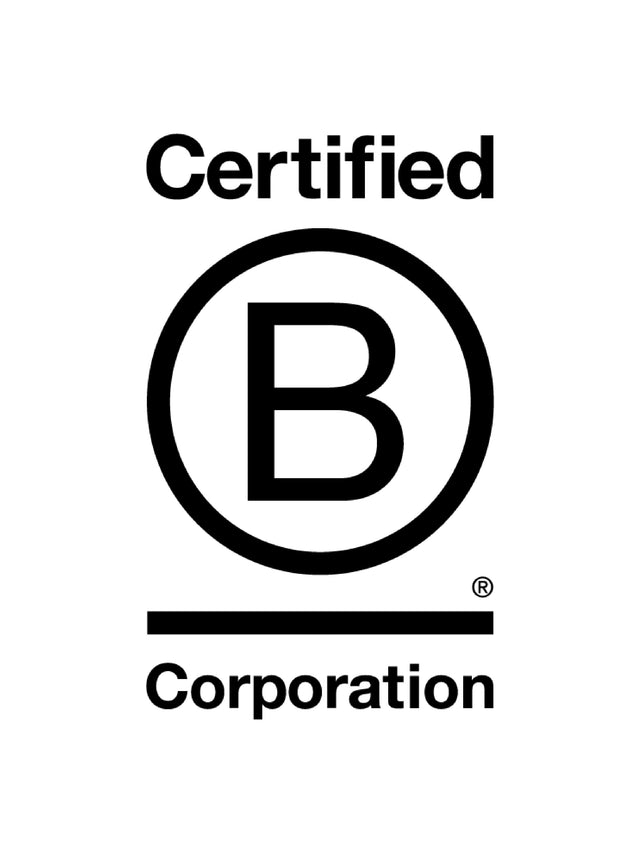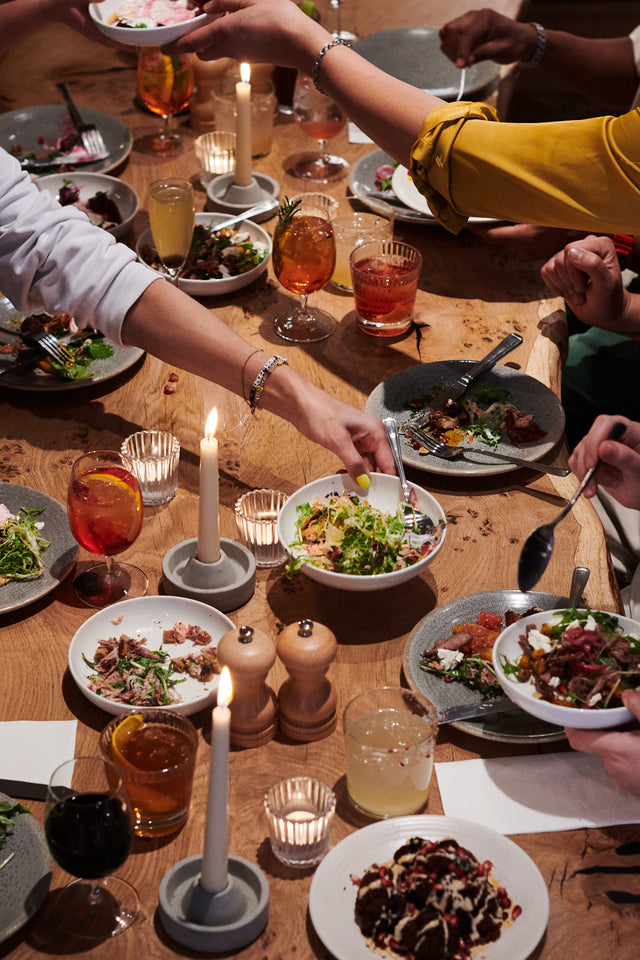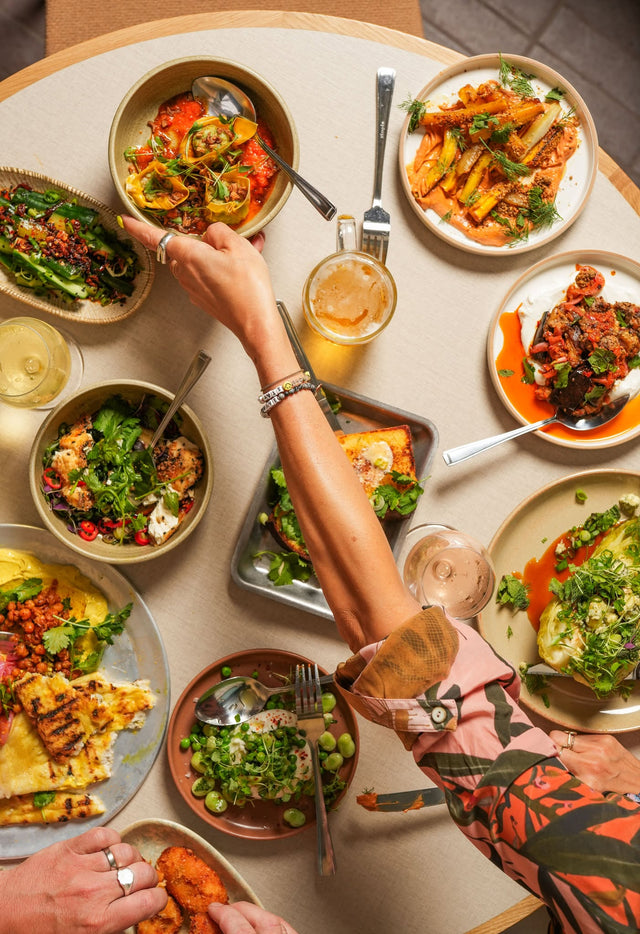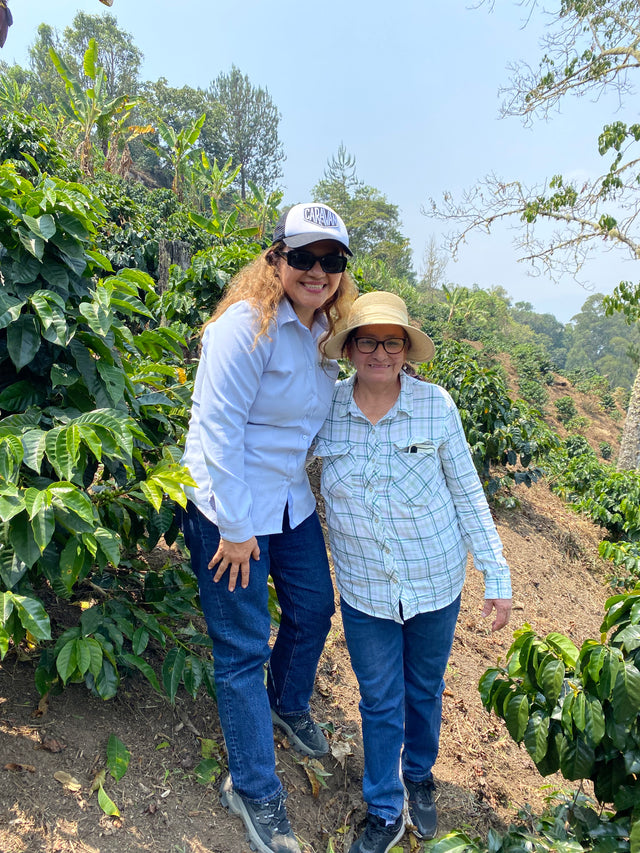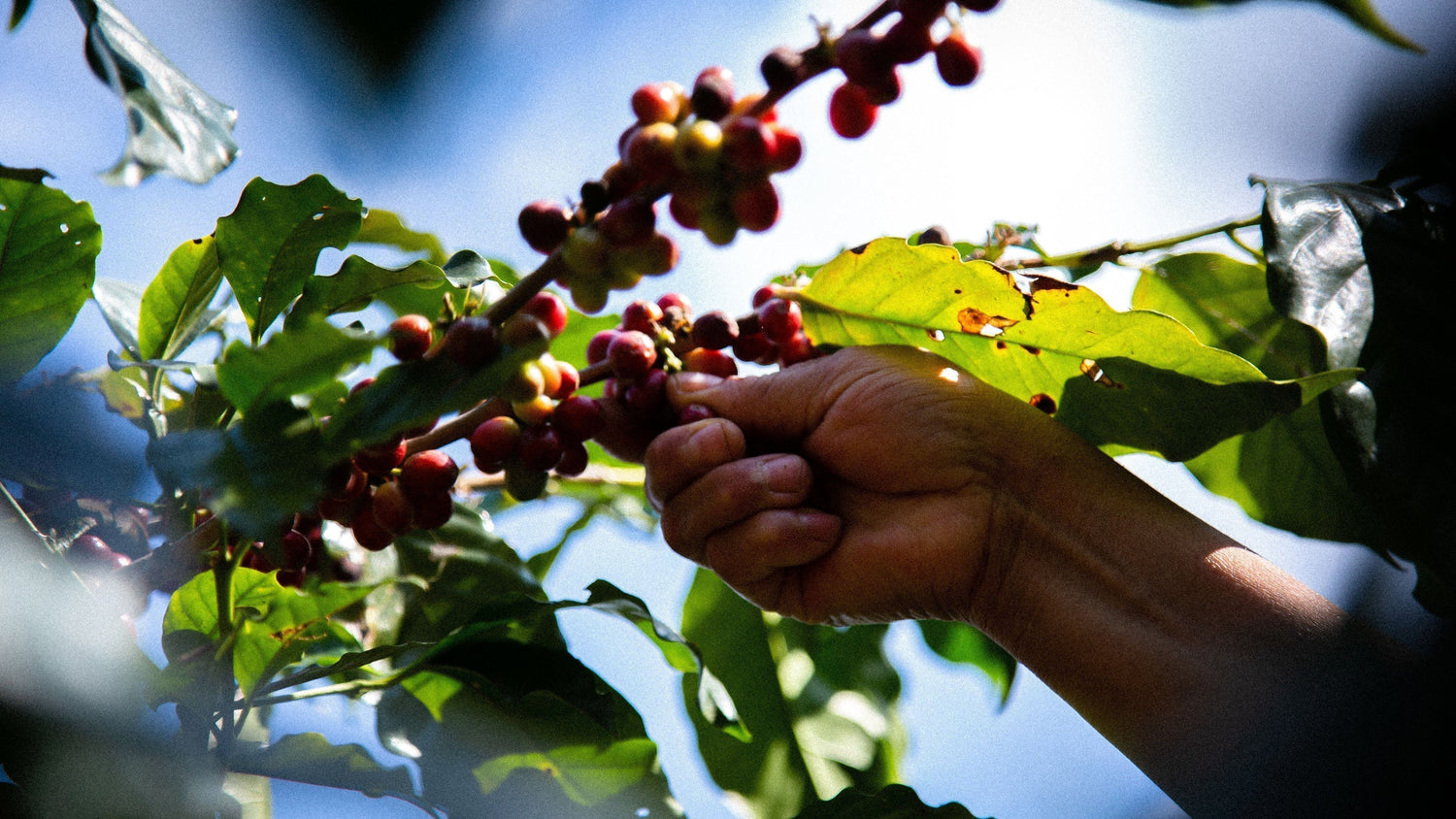You may have been reading about coffee prices and ‘The C price’, recently it’s been on the forefront of coffee news anywhere you look, from mainstream news outlets, coffee specific sources and even down to the chaos of the group chat. There’s a lot of panic, excitement, and questions flying around.
The price of coffee is largely shaped by ICE – The Intercontinental Exchange. Analysis is done by ICE looking at conditions within the coffee sphere and assigning a base value to green coffee in US cents p/lb. In speciality coffee a ‘differential’ is added to this base price to take into account the cost of production variables from country to country, ensuring fair pay and rewards for higher quality. So in other words, a lot of specialty coffee pricing is agreed at a certain amount above the C price, meaning the C market does affect our costs.
In recent weeks we’ve seen multiple record highs creating a lot of worry around the industry about how to go forward. As I’m writing this the ‘C price’ is 408.500 or £7.24 p/kg for conventional, untraceable non speciality arabica. For context this time last year the price was £4.23.
The last time the coffee market saw such a spike was in the 70s. When a devastating frost in Brasil caused a big drop in yield during the harvest having ripple effects throughout the industry as supply struggled to meet demand. During this period roasters increased their prices but also abandoned any criteria for using qualities or origins getting whatever they could get their hands on. Recommending cafes to use less coffee and longer brew times to increase yield. This period saw the percentage of the population (USA) drinking coffee drop from 74% down to 50%, with soft drinks taking over the top spot. We can learn from using less but compromising on quality is not an option for us.
So what is happening now?
Well, it's the weather again. Drought in Brasil, the world’s largest producer followed by a below-average rainfall impacted yield. When the rain did finally come and the coffee plants shed their flowers in prep for cherry formation, the rain stopped again. Arresting the cherries in early formation. Vietnam the second largest provider of coffee worldwide has also been ravaged by typhoons this season leading to poor harvests.
Essentially, climate change has put a massive dent in the global supply of coffee for probably at least 18 months. All the while demand is going up as coffee consumption steadily increases. Globally production is looking like -5.5% compared to last year. All the while demand is only increasing, in China for example coffee consumption is growing 15% per year.
What does that mean for us?
Right now, there are a lot of challenges throughout the supply chain, with most reports projecting at least 18 months of low coffee stock and high prices.
Here at Caravan, we are doing all we can to maintain quality, traceability, and price. But there is only so much we can do without taking part in a race to the bottom, in which we would be buying lower quality coffee to temporarily retain price points, or buying coffee with no understanding of the conditions it was grown in. Additionally, when the base market price is this high, it de-incentivizes farmers to invest in work for their crop, as they can get a great price for a crop that doesn’t require as much commitment. We need to ensure farmers are motivated to continue to produce high-scoring coffees.
Long term there are a lot of worries around supply. The average age of a coffee farmer in America is 55 with their children increasingly less interested in following in their parent's footsteps, instead looking to emigrate to the USA where the minimum wage is more appealing than the money that can be made through growing coffee. Many if they do stay on the farm change the purpose to marijuana or coca production. In 2023 Coca production in Colombia went up by 53%. Aside from the obvious issues with coca production, it is also hugely detrimental to the environment. Each kilogram of Coca paste produces 600kg of waste. For every hectare of Coca farm, 3 hectares of land are burned. At current rates of climate change, some studies predict that 50% of current Arabica cultivating land will be unusable by 2050.
This is why at Caravan we do our best to pay good prices for our coffee to encourage future generations to continue their family business. We also prioritise farms working in regenerative agriculture or agroforestry models. Hoping to ensure the future of the drink we all love.
This is still a very volatile market and my focus for foreseeable is to ensure as much stability for our customers as possible. We will do our best to get you regular digests and updates as to what is happening in the market and what we can do to help.
Jamie
Head of Coffee
